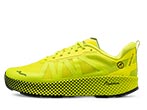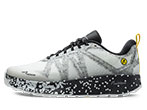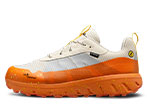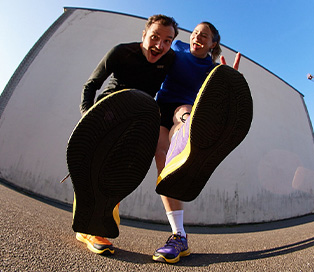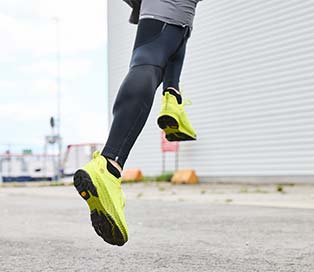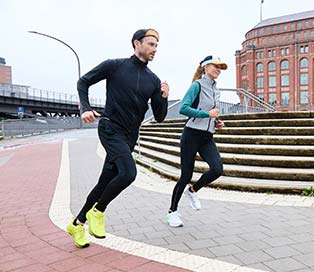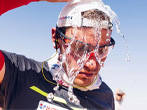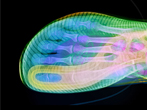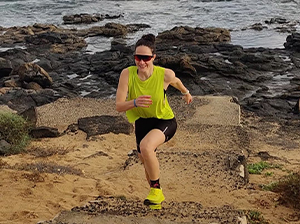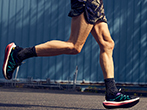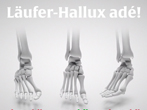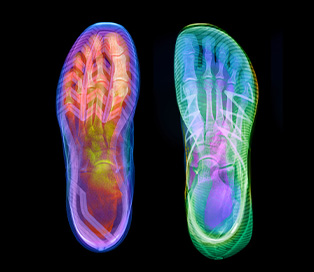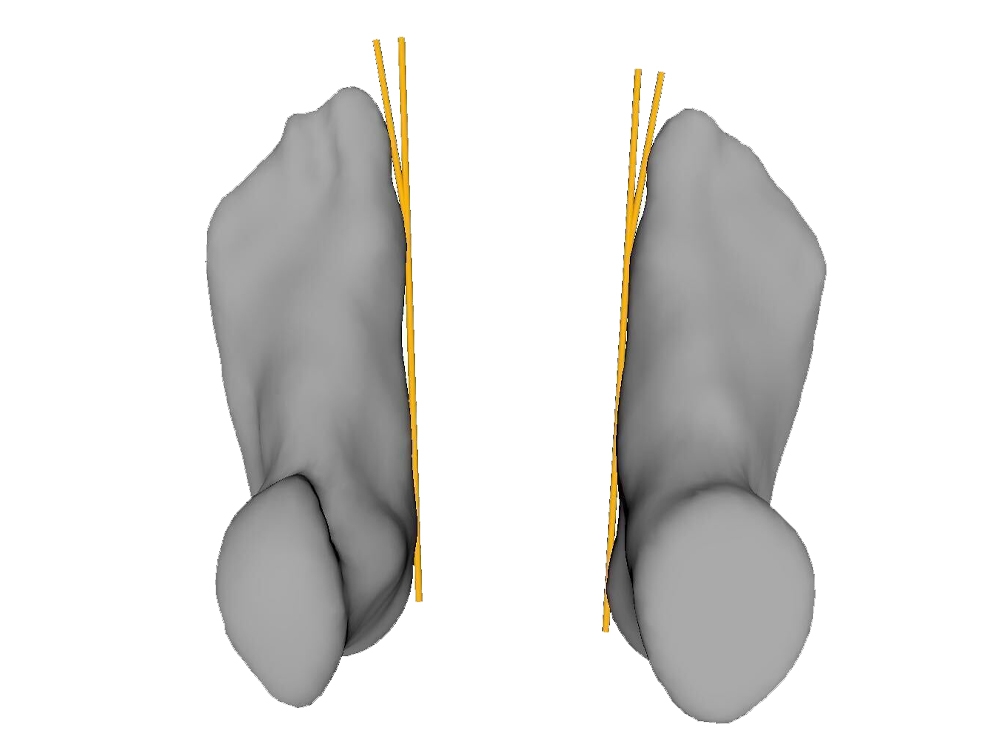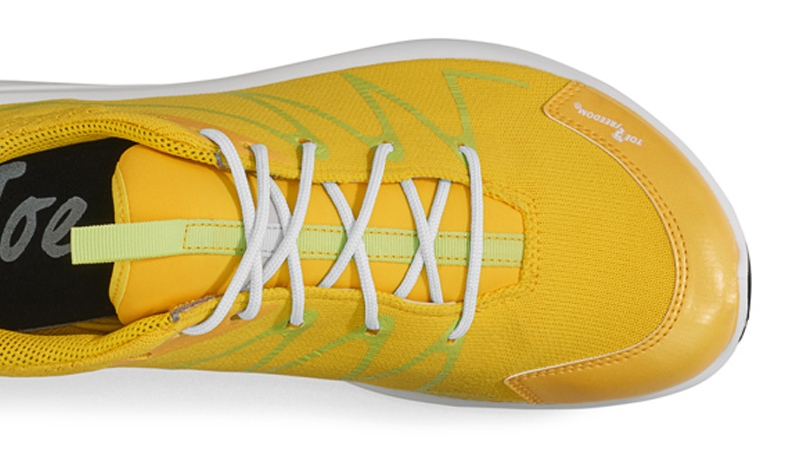Over 2/3 of runners worldwide have a 'runner's hallux'
An international study(1) of over 500,000 foot scans confirms our own research. Summarized in four words, it reads: Big toe, big problem. Normally, the big toe provides about 85% of the stability(2) when running. However, when wearing conventional running shoes that restricts the toes for too long, the foot will suffer from permanent structural deformation. This can be found out in two ways: you have already developed a noticeable hallux valgus or you can take the Big Toe Test. Here is how this applies.
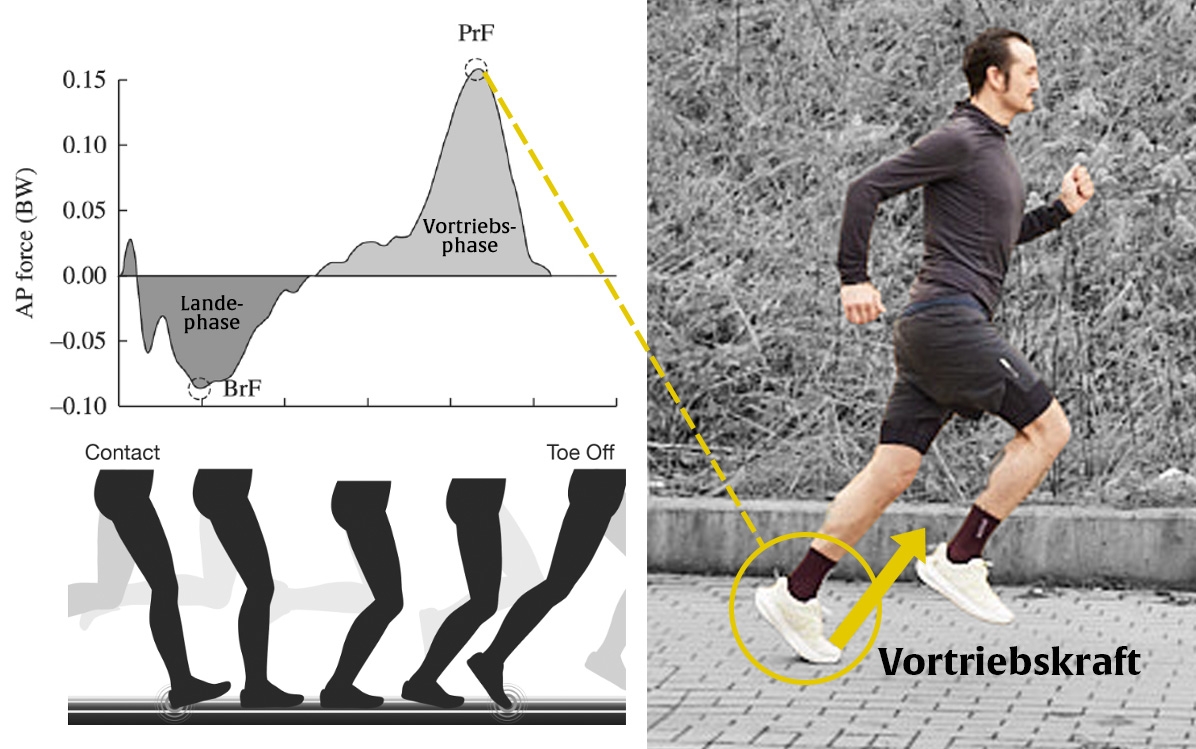
Why the big toe is so important in the propulsive phase!
✔ The architecture and alignment of the big toe provide the required structural stability during the propulsive phase.
✔ The three largest intrinsic foot muscles attach to the big toe and provide the active stability required during propulsive phase.
✔ The "windlass effect" of the plantar fascia occurs mainly at the big toe and provides the passive stability required during propulsive phase.
